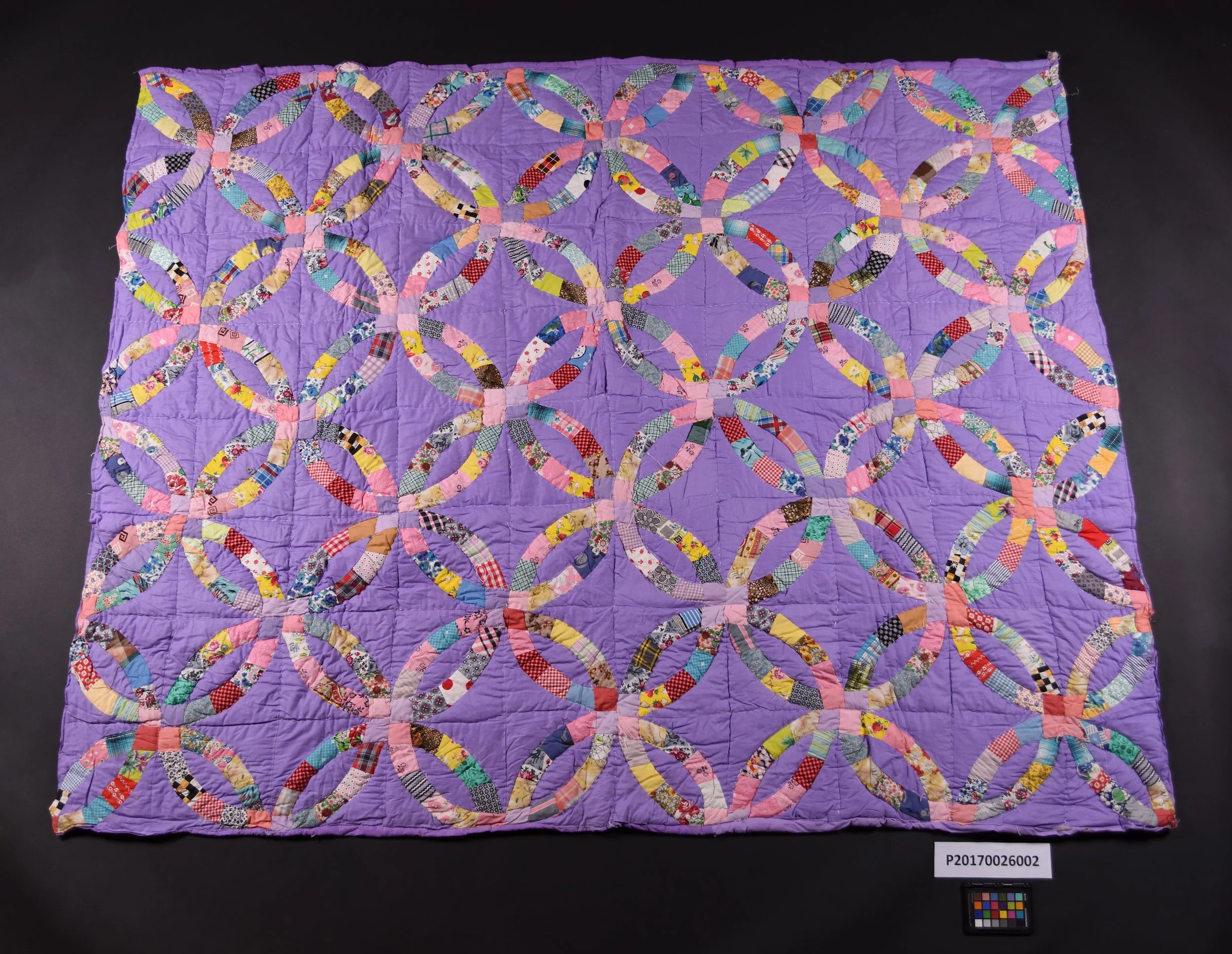100 Years Back: Icon of Social Work
Portrait of Anna M. Tilley by de Jourdan's Studio Ltd. in 1942.
Photo courtesy Galt Museum & Archives, 199110002815
Anna M. Tilley is a prominent individual in the history of Lethbridge and southern Alberta. She was described as "the best friend the city ever had." Born 150 years ago this year, Tilley served the community as the Superintendent of the Nursing Mission in Lethbridge from 1913 until 1943. The agency became the preeminent provider of social support services to residents of Lethbridge. Today the Lethbridge Mission is known as Lethbridge Family Services.
The core work of the Nursing Mission while Tilley was in charge was in helping people access health care in the years before Canada's publicly funded health care system. This was important work that helped hundreds of people every year. Still, Tilley wanted her organization to help people access a broader range of services to improve their lives and the community.
The agency used partnerships with local services clubs to get involved in welfare distribution, childcare, health education, food relief, mental health, and tuberculosis clinics. Much of this work was possible because Tilley fostered partnerships with local service clubs such as the Elks.
Privately, Anna Tilley tried to do even more by supporting other charitable projects like "Christmas dinner for aged and homeless" and a fundraising campaign on behalf of the Quota Club. She also played a leadership role in the National Council of Women.
Anna Tilley's work at the Nursing Mission and in the community was broadly recognized and lauded. She received the Most Excellent Order of the British Empire (MBE) in 1934, and she was appointed to the Senate of the University of Alberta in 1942. Tilley's contributions to the residents of Lethbridge will be recognized again in the coming years, with a planned street named for her in the Stage III expansion of the Legacy Ridge community.











Dr. Frank Hamilton Mewburn was a wiry and fiery surgeon, politician, army officer, and university professor who greatly contributed to the development of Lethbridge. Mewburn came from a long ling of medical professionals, graduating from McGill University in Montreal in 1881.